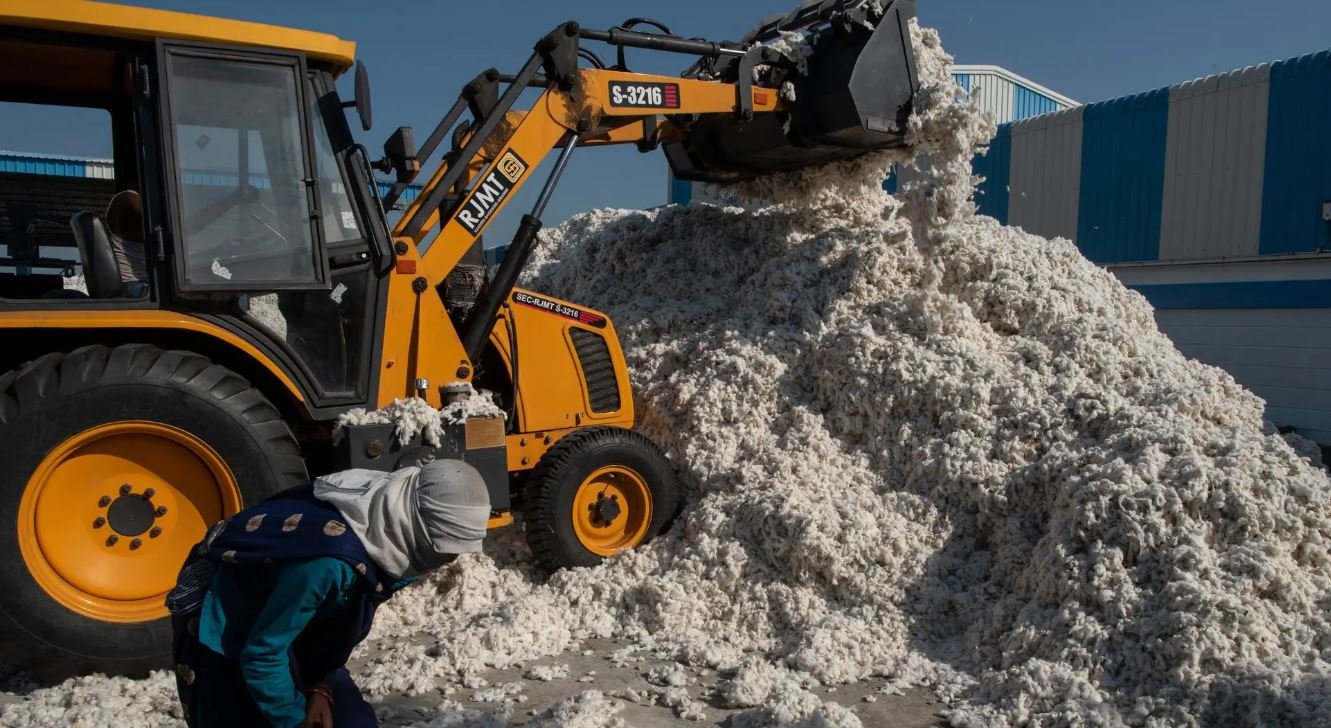Regenerative Agriculture in FMCG
Interest in organic agriculture and its uses in consumer goods has been rising amongst consumers. In the US, 61% of brands and retailers have witnessed an increased demand for sustainable products. According to a recent poll from bedding company Boll & Branch, clothing is the third most important category where consumers value good being organic, just after cleaning products, and food. No wonder organic cotton is one of the most-talked about, and controversial, materials ! It might come as a surprise, but much of the cotton apparel being labeled as "organic" is not organic at all. The certification process for organic cotton is complex and the supply chain for the material is fraught with dodgy paperwork and opaque inspection agencies. It's even more disappointing to learn that in 2020,
less than 5% of the top 100 global fashion brands can trace their supply chains back to the fiber. The fact is, consumers cannot really trust organic cotton certificates, whether from India, the leading supplier of the crop, or any other country. It just became too easy to game the system. Consequently, the conversation has now shifted towards regenerative agriculture.
Regenerative agriculture is a holistic system that aims to have a net positive impact on the environment. It is based on Indigenous practices on land management, and is adaptive to the local environment and community. The principles of regenerative agriculture are:
Minimizing soil disturbance
Maintaining living roots in soil
Continuously covering bare soil
Maximizing diversity with emphasis on crops, soil microbes and pollinators
Integrating livestock where it is feasible
These principles are upheld in common regenerative practices such as rotational farming, no or low tilling, cover cropping, and integrated pest management, just to name a few.
What makes regenerative agriculture different from other methods is that it not only focuses on the imputs, but also on the positive outputs of farming. Moreover, from a social standpoint, regenerative farming also holds paying fair wages and creating local job opportunities as a tennet. Regenerative farming goes beyond organic by focusing on not just avoiding pesticides, but also artificial inputs such as tractors and big machinery.
Credit: The New York Times
This method has been proven to improve soil health, water retention, biodiversity, and productivity. More importantly, regenerative growing captures more carbon dioxide from the atmosphere than conventional, and even organic, agriculture. The UN's Food and Agriculture Organisation (FAO) estimates that soild could sequester up to 10% of manmade carbon emissions. Even more impressively, the Rodale Institute boldly posits that if every farm in the world followed regenerative farming principles, the soil alone would be able to absorb global carbon emissions annually.
Julie Longyear, founder of organic skincare brand Blissoma, underscores that soil health directly impacts the efficacy of ingredients. Blissoma, is one brand embracing regenerative agriculture in an effort to surmount the challenges associated with procuring ingredients from organic certified farms. Likewise, Longyear is convinced that by growing more potent ingredients, their products will yield better results.
The beauty industry is not the only one jumping on the buzzy farming method. Inditex just made a contribution of EUR 15 million to further the work of the Regenerative Fund for Nature, an initiative launched in 2021 by Kering and Conservation International, and which seeks to transform 1,000,000 hectares of land into regenerative agricultural systems by 2026.
Credit: Just Style
Another fashion brand spearheading sustainable and regenerative fashion is Christy Dawn, a label well-known for using deadstock fabric instead of new textiles. In 2020, the brand, alongside Nishanth Chopra and a family of Indian farmers, worked together to transform a conventional sesame and sugarcane farm into a regenerative cotton farm. Chrsity Dawn launched their first regenerative fashion line in the fall of 2020.
Credit: Christy Dawn
So how do we know if the fibers their clothes are made of were sourced using regenerative farming ?
One of the few certifications in the market is the Regenerative Organic Alliance (ROC); however, as with organic certifications, one must be way and foster direct relationships with suppliers. Other similar certificate are:
Fibershed’s Climate Beneficial™ verification
Partnerships with the Savory Institute
However, that might not be enough, and de-growth should also be prioritized. Longyear underscores that she wishes "other small businesses out there to build relationships and run good businesses at a human scale — you can only do that to a certain size". Eventually, the key to regenerative agriculture, and conscious consumption, is to reject capitalism at its core, and reject the idea that constant growth is what defines success.



